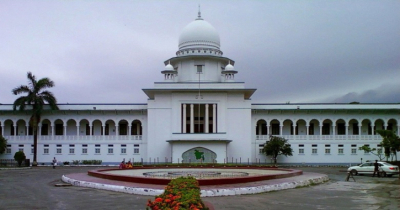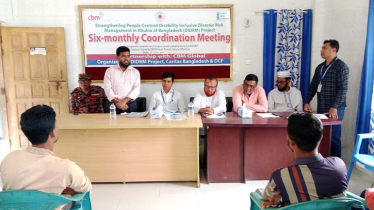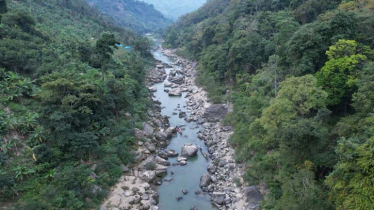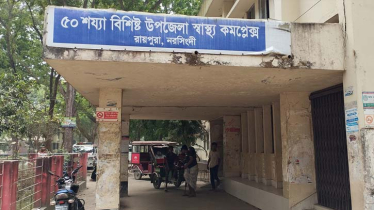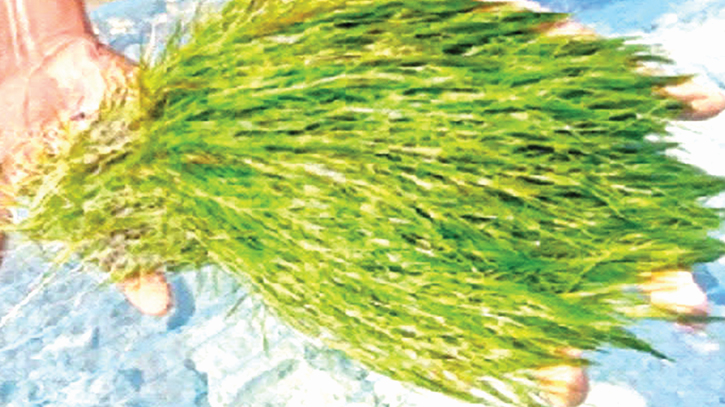
Photo : TDM
Thorny algae, a common aquatic plant, holds a significant role in the shrimp farming industry in coastal regions of Bangladesh. Also known as 'Lokkhi Shaola' by local shrimp farmers, the belief that shrimp production thrives when surrounded by thorny algae has now been proven through scientific analysis.
Researchers from the Bangladesh Fisheries Research Institute (BFRI) conducted a two-year study, shedding light on the positive effects of thorny algae on shrimp farming. The study not only confirmed the boost to the shrimp's immune system but also its ability to protect against harmful pathogens.
Given the predominance of traditional and improved traditional shrimp farming methods in the region, BFRI initiated research to assess whether enhancing standards in various aspects of conventional management could reduce existing challenges and increase production.
According to BFRI, thorny algae belong to the Najas group of aquatic plants and are found not only in Bangladesh but also in countries like India, Sri Lanka, China, Thailand, and some African nations. It is known as 'guppy grass' in various countries, this aquatic plant plays a vital role in shrimp farming along the Bangladeshi coast.
Flavonoids have anti-oxidant, anti-inflammatory and anti-viral properties that boost the immune system of shrimp in enclosures and protect shrimp from harmful pathogens. The research team found that thorny algae contain bioactive components such as flavonoids, phenols, polyphenols, oleic acid, palmitic acid, and lauric acid. These substances, especially flavonoids have anti-oxidant, anti-inflammatory and anti-viral properties that boost the immune system of shrimp in enclosures and protect shrimp from harmful pathogens. Phenols, oleic acid, palmitic acid, and lauric acid also serve as potent antioxidants with antimicrobial, antiallergic, and antiviral attributes.
The study revealed that when 20% of the enclosure area is covered with thorny algae, the physico-chemical quality of the water is optimized, resulting in higher shrimp yields. However, an excess of thorny algae can raise the water's pH levels, making algae management more challenging. After 90 days of culture in enclosures with 20% thorny algae coverage, shrimp displayed an average weight of 31 grams, surpassing the 17 grams in no-moss enclosures and 26 grams in enclosures with 40% thorny algae coverage.
Tanvirul Haque, a senior scientific officer at BFRI, emphasized the critical role of soil and water's physico-chemical quality in shrimp farming. These factors directly influence shrimp growth and nutrition, as water carries essential nutrients from the soil into the shrimp's primary diet. Therefore, maintaining a healthy environment in the pond or enclosure hinges on the interplay between the natural surroundings, soil, and water's physico-chemical properties.
Dr. Yahia Mahmud, Director-General of the Bangladesh Fisheries Research Institute, highlighted that thorny moss enclosures (20%) demonstrated the lowest presence of vibrio bacteria. Additionally, the inclusion of thorny algae in shrimp diets offered protection against the devastating White Spot Syndrome Virus, ultimately contributing to higher shrimp production.
TDM/SD

